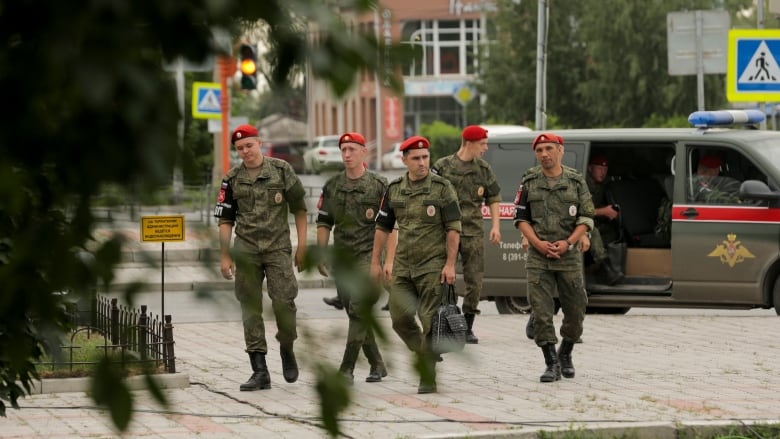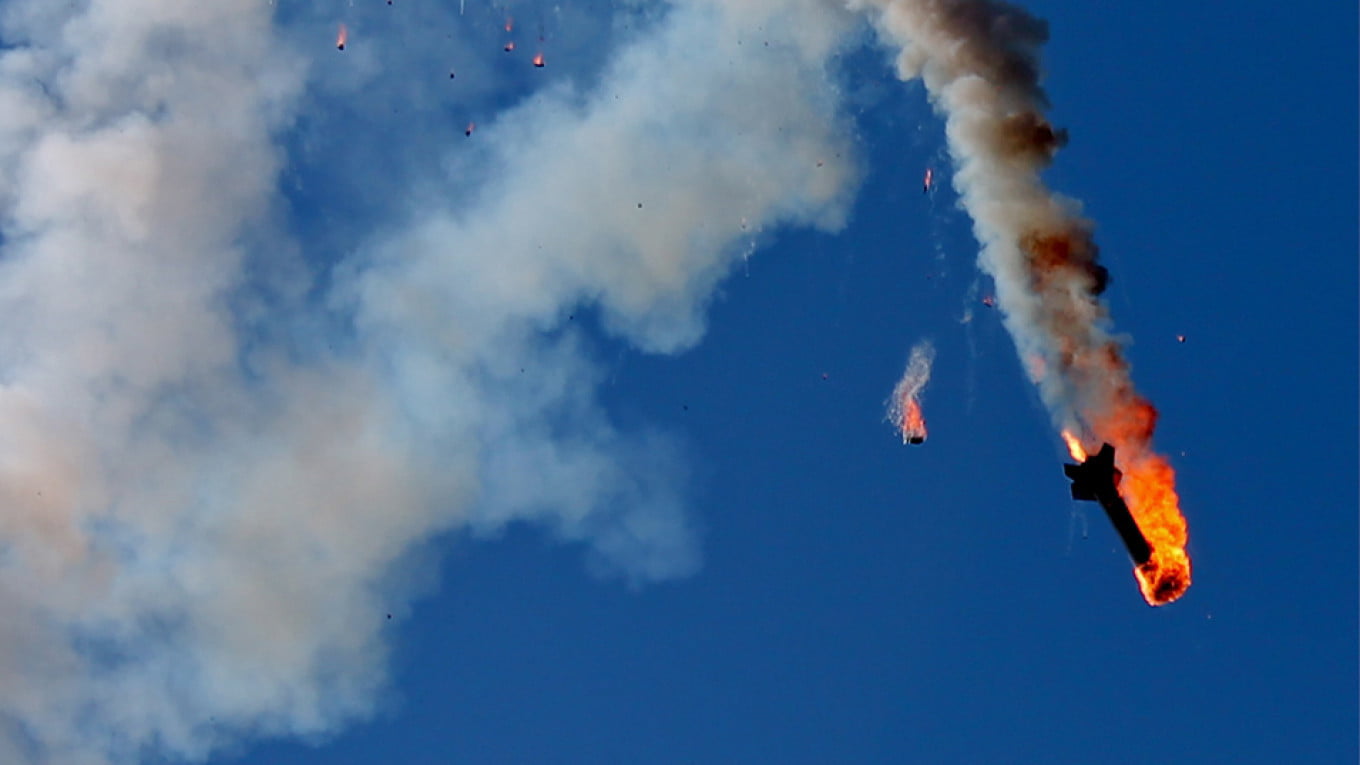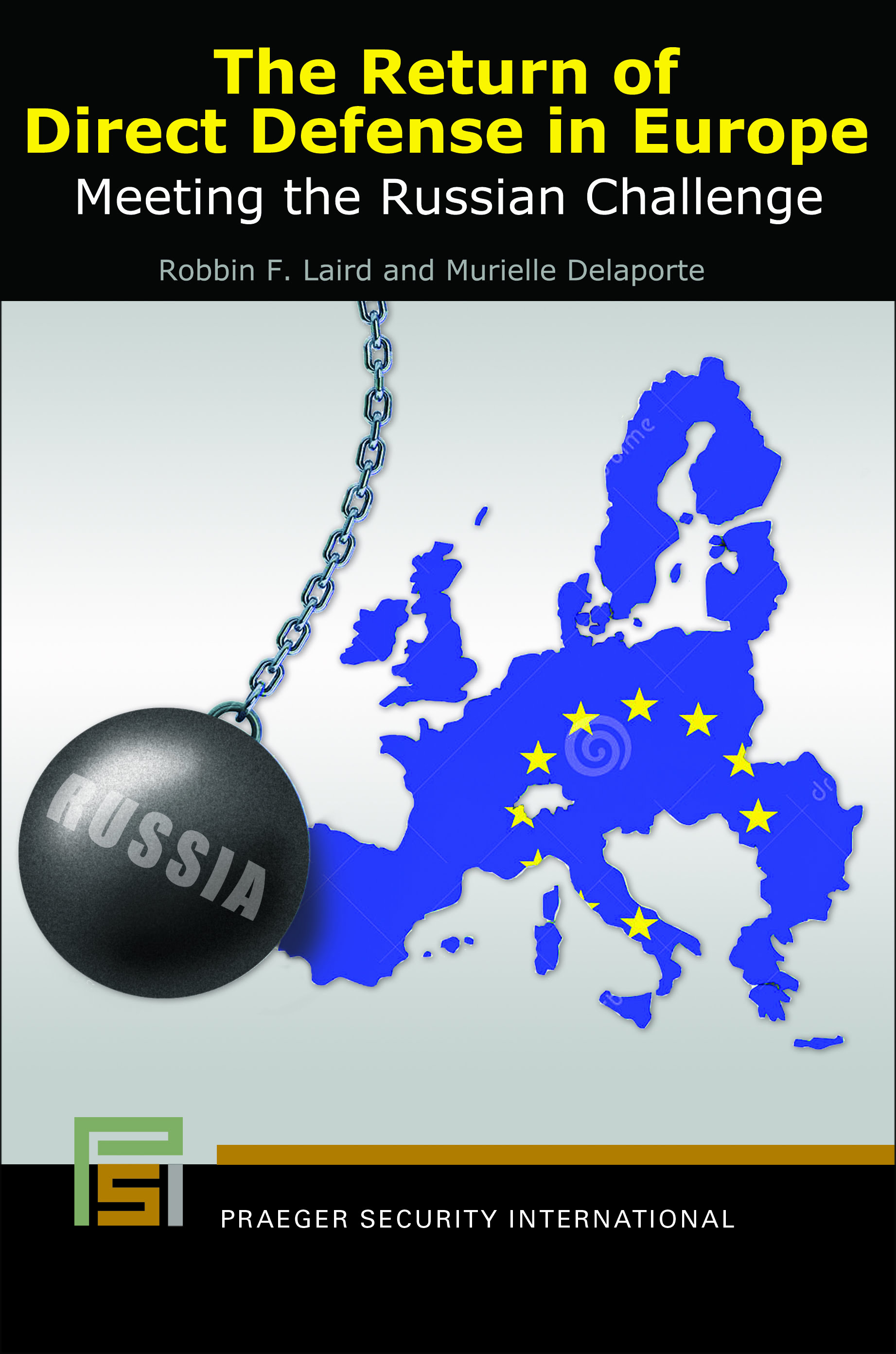When President Trump arrived in Japan for the G-20 earlier this summer he had dinner with the newly elected Australian Prime Minister.
He was especially keen to understand how the PM pulled off an upset victory.
Now the President will host the Australian PM for dinner next month in the White House.
“The visit will celebrate our two countries’ close friendship and shared history, and reaffirm our common vision for global peace, security, and prosperity,” the White House said in a statement.
Morrison and his wife will visit the White House on Sept. 20. He will be the second world leader Trump has welcomed for a state dinner, which is typically reserved for close allies. The first was French President Emmanuel Macron in April 2018.
Morrison, who like Trump ran a populist conservative campaign, scored a surprise victory in May to win a three-year term as prime minister amid expectations that his coalition would lose seats.
Trump met with Morrison for a working dinner at the Group of 20 summit last month, where the president highlighted the longstanding relationship between the two countries.
Trade is likely to be a key talking point during the upcoming state visit. The New York Times reported in June that Trump considered placing tariffs on Australia but faced fierce opposition from military and diplomatic officials.
In an article published by ASPI on August 28, 2019, Michael Shoebridge highlighted how the two leaders might recharge the alliance.
Scott Morrison’s upcoming state dinner with Donald Trump in the White House offers a rare opportunity for both leaders to explore ambitious and creative options for the future of US–Australia relations.
This month’s AUSMIN meeting established a strong foundation for future cooperation, with some important new areas of focus—notably, critical minerals, energy and space, and deeper engagement with Southeast Asia. It has also underlined the value of continuing cooperation on maritime security in the Indo-Pacific, implementing the Pacific step-up and countering Islamic State terrorism.
There are two areas, though, in which the prime minister and president might push things beyond their respective bureaucracies’ comfort zones—and that sort of forward-leaning approach would be a healthy thing. Leaders don’t travel intercontinental distances merely to share a nice meal and rehearse earlier agreements.
First, there’s defence cooperation. The US Force Posture Initiatives are going well. They include the deployment of 2,500 marines in Darwin, enhanced cooperation by the Australian Defence Force and the US military in Southeast Asia, and the rotation of US fighter and bomber aircraft through the north, with co-investments by Australia and the US in the facilities to enable these efforts.
A new, imaginative step is needed—and it should be one that accelerates achievement of the Trump administration’s Indo-Pacific strategy through a more mobile, dispersed US force in the region, while also increasing Australian military power.
Projecting US and Australian naval power from a new set of facilities at the Stirling base near Perth would reset the maritime security agenda in a big, positive way. A major reinvestment well beyond current Australian plans, with some US co-investment, would have a strategic effect beyond previous administrations’ efforts. What’s needed are facilities to support two or more major US naval vessels on permanent rotation alongside Australia’s growing west coast fleet.
US naval forces would have a place to operate from that’s logistically secure and gives them options beyond their bases in Guam, Hawaii and Diego Garcia. And the Australian navy would achieve the growing room it will need in future as well as having their highest-end partner navy right there to train and operate with.
It would be a key part of getting ahead of the growing Chinese naval presence in the Indian Ocean and complicate Chinese military planning and projects under the Belt and Road Initiative that are designed to support Chinese forces. It would also provide a platform to accelerate Quad naval cooperation with India and Japan. Combined with the investment by Papua New Guinea, the US and Australia in upgrading the Lombrum base, the WA idea would re-establish US and allied initiative in the Indo-Pacific.
Second, there’s an urgent need to change perceptions on a key issue that will shape everything about the US–Australia partnership for decades to come. Too many commentators—including business leaders—have signed up to the narrative that America is Australia’s security partner, but China is Australia’s economic partner. That’s lazy thinking, and untrue.
Australia’s engagement with the Chinese economy is a trade-based one, and China is indeed our largest trading partner. Our two-way trade was worth some $215 billion in 2018. But China (including Hong Kong) is our fifth-largest source of foreign investment (some $182 billion) after Belgium. The US, by contrast, is our third-largest trading partner (at $74 billion in 2018) but our largest source of foreign investment by far—its $939 billion is followed by second-placed UK at $575 billion. On the flip side, Australian investment into China (including Hong Kong) is a healthy $128 billion, but our investment into the US is more than five times that, at $719 billion.
Statistics won’t win hearts and minds, though. The real opportunity for Trump and Morrison is to show both nations’ peoples and business communities that the US–Australia alliance is an economic one and a strategic one. That means prioritising economic cooperation and then empowering our business leaders to take advantage of those opportunities through policy and regulatory incentives. That’s good economics and good security.
The most obvious priority area for two-way investment is infrastructure renewal. Trump won office promising a huge package to refresh ageing American roads, rail, ports and other critical infrastructure. He’s yet to get a package together and is likely to continue to have difficulty with Congress and with finding the budgetary room for the spending required.
Well, Australia can help. We’re the world’s 13th-largest economy, but we have outsized economic power in our superannuation industry. Our super assets are valued at US$1.9 trillion—the fourth-largest pension assets pool on the planet. Australian pension funds need stable, high-quality returns—and investing to renew the infrastructure that underpins the continued dynamism of the world’s largest economy is a massive opportunity to achieve that.
Whatever the glories of the US–Australia free-trade agreement, Trump and Morrison can supercharge Australian investment in US infrastructure by insisting that their administrations find new incentives and strip back regulatory processes. An infrastructure investment summit with business and government representatives would be a logical first step. Businesses make investment decisions, but governments must lead and create the environment for investment—by reducing regulatory obstacles and giving favourable taxation treatment and investment incentives.
Australia, in turn, can benefit from enhanced US investment in our own critical infrastructure. The Foreign Investment Review Board’s reform to include national security factors more prominently in its approval process shows the way forward. It has led to decisions to reject Chinese entities’ bids in critical areas like electricity networks and east coast gas distribution, where national security is a key element. Applying this logic—and recognising that both security and economics are key to evaluating competing foreign investment bids—US proposals would benefit from a positive national security assessment.
None of this is intended to devalue the AUSMIN package of future cooperation. But if Trump and Morrison want to establish their own agenda for the US–Australia relationship, they can do so by creating a joint Indo-Pacific naval hub on Australia’s west coast and by supercharging two-way investment in each nation’s critical and digital infrastructure. That would portray a forward-leaning alliance ready to address the challenges of a new era.
Michael Shoebridge is director of the defence, strategy and national security program at ASPI.
Cropped image: White House/Flickr.





